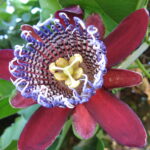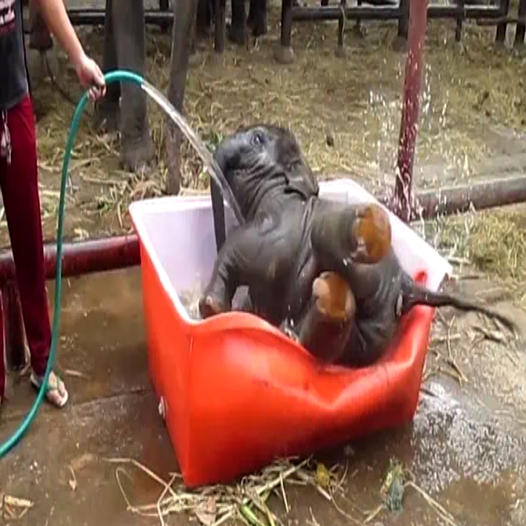
Passiflora is an exquisite vine that thrives both indoors and outdoors with ease. This plant is incredibly popular and can be propagated effortlessly. There are a few different methods to propagate passionflower, such as using stem cuttings or seeds during the spring or layering during the late summer. When opting for seed propagation, it is crucial to use fresh seeds since they have a higher germination rate. It’s worth noting that stored seeds may go dormant for up to a year and fail to sprout. However, you can overcome this dormancy by gently rubbing the seeds with fine sandpaper and soaking them in lukewarm water for 24 hours. Any seeds that float on the water’s surface should be discarded.



Using old passion flower seeds is not advised because they may not sprout effectively. When using fresh seeds, press them approximately ¼ inch into a well-draining potting mix or peat compost, and then cover with breathable plastic until germination commences, typically within two to four weeks. It’s essential to be patient as older seeds might require a longer germination period. Once the plants have developed their second set of leaves, they can be exposed to direct sunlight. Remember that passion flower plants grown from seeds may not produce flowers for up to ten years. If you want to propagate passion flowers using cuttings, the best time to take stem cuttings is during the conifer stage.



For successful plant propagation, it is highly recommended to utilize sharp pruning shears and make a clean cut just below the node, approximately one inch down. Afterward, remove the lower leaves and tendrils and generously apply rooting hormone to the exposed ends of the cuttings. Proceed by carefully inserting the cuttings into a well-draining potting mix or a mixture of sandy soil and peat, ensuring they are at least half an inch (1 cm) deep. In case extra support is required, consider using stitch support. To create a conducive environment for root growth, cover the cuttings with a clear plastic bag that allows ventilation. Keep the cuttings in a shaded area that maintains warmth and moisture levels. After approximately one month, be on the lookout for new growth as an indication of successful root establishment. To confirm the presence of roots, gently tug on the cuttings. Once roots have properly formed, it is safe to transplant the cuttings to their final destination in the garden or desired permanent location.















Uncover an array of 24+ breathtaking indoor plants that will enhance the atmosphere of your living room. Delve into a collection of 32+ contemporary patio concepts that are ideal for small backyards. Master the art of cultivating captivating pink succulents effortlessly. Enhance the allure of your pergola with the delicate beauty of pink flowers and flourishing bougainvilleas. Embark on a journey of modern design inspiration to revamp your compact backyard space.




